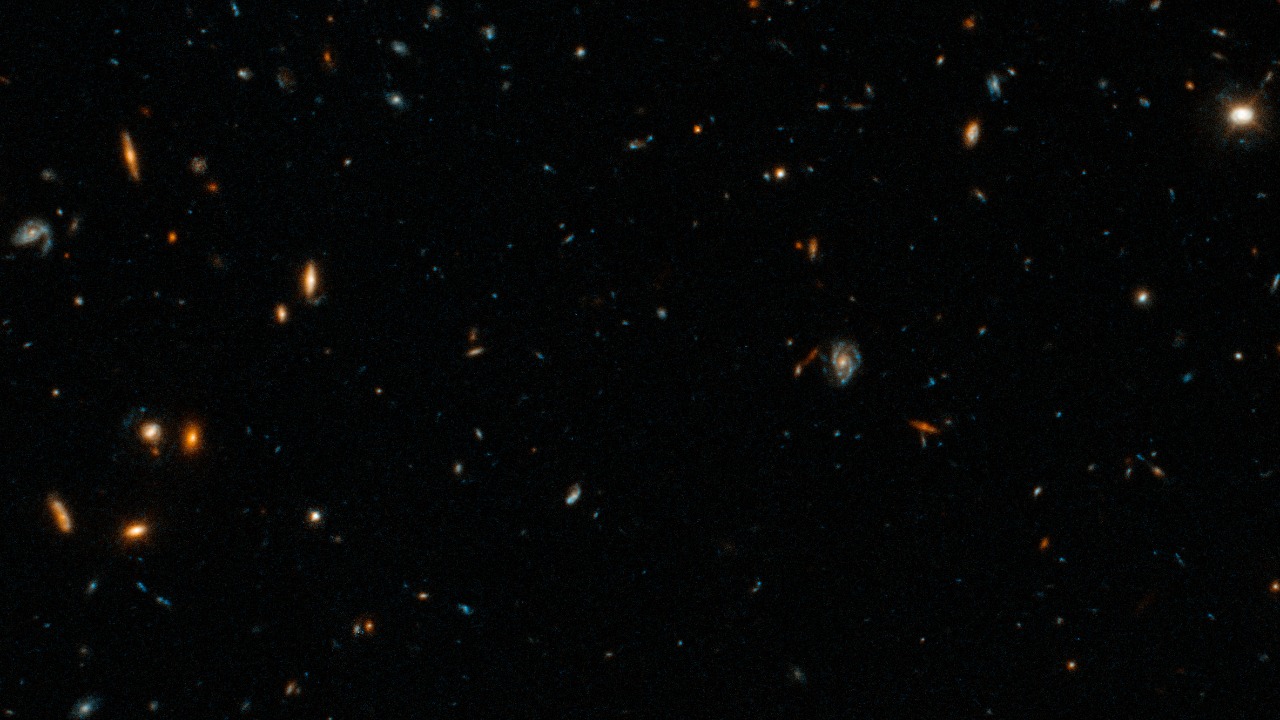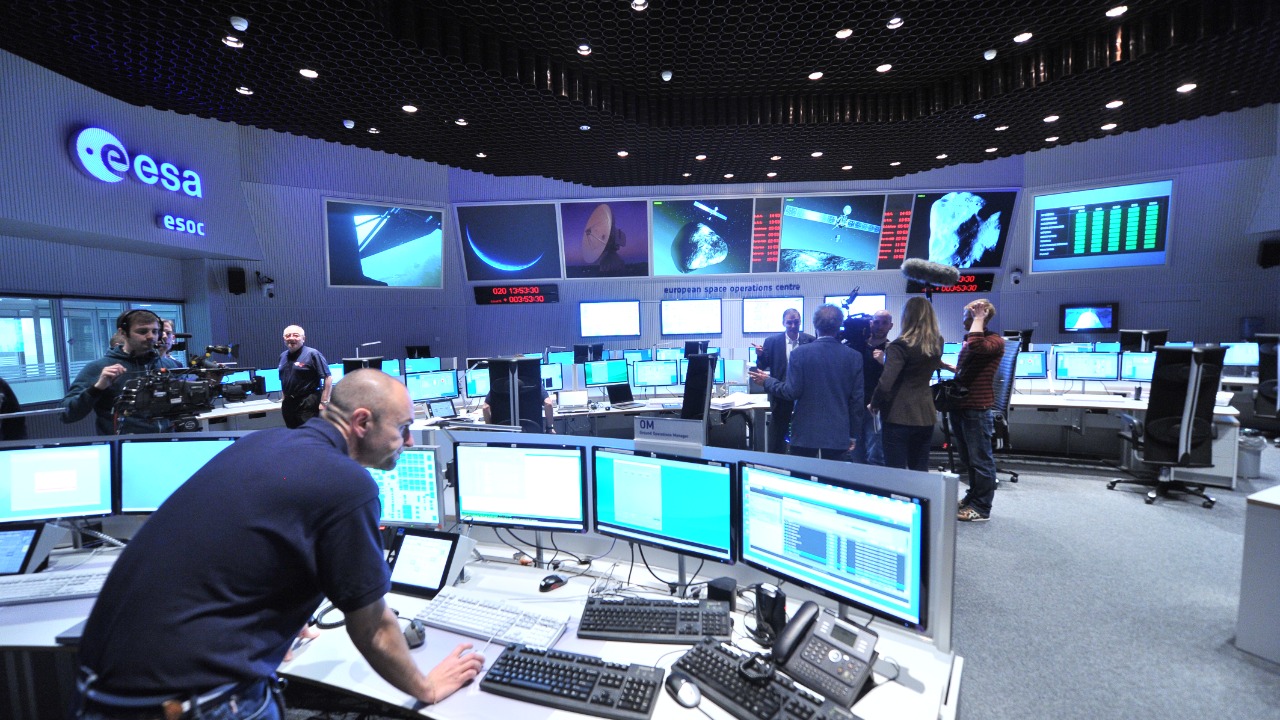
In a groundbreaking discovery, scientists have detected mysterious signals that do not appear to originate from Earth. These signals have sparked significant intrigue and speculation in the scientific community, raising questions about their source and implications for our understanding of the universe.
The Discovery of Mysterious Signals

The recent detection of unusual signals by NASA telescopes has captivated scientists worldwide. These signals, characterized by their unique frequency and intensity, stand apart from those typically observed from terrestrial sources. Initial reactions from the scientific community range from cautious optimism to outright skepticism, as experts scramble to formulate hypotheses about the signals’ origins. The exact nature of these signals remains elusive, but the prevailing thought is that they could represent a new class of cosmic phenomena.
Radio telescopes, with their unparalleled sensitivity, play a crucial role in capturing these enigmatic signals. Modern technological advancements have significantly enhanced our ability to detect and analyze such signals, leading to discoveries that were previously unimaginable. For example, NASA’s recent findings echo past detections like the famous Fast Radio Bursts (FRBs), which have similarly puzzled astronomers with their mysterious origins. These signals, often from distant galaxies, challenge our understanding of the universe and prompt further exploration.
Possible Explanations and Theories

One of the most compelling aspects of these signals is the range of potential explanations. Natural cosmic phenomena, such as pulsars or supernovae, have been known to produce signals with similar characteristics. These events, though not uncommon in the universe, can generate intense radio emissions that travel vast distances. By comparing the newly detected signals to known cosmic events, scientists hope to discern whether these signals fit into existing frameworks or represent something entirely new.
The possibility of extraterrestrial origins for these signals cannot be dismissed outright. While the idea of intelligent life communicating across the cosmos is tantalizing, it remains speculative at this stage. Historical context, such as the Wow! signal detected in 1977, serves as a reminder of the potential for signals of unknown origin to captivate and challenge us. While no conclusive evidence has yet been found to suggest these signals are from intelligent extraterrestrial sources, the mere possibility fuels ongoing research and debate.
Challenges in Signal Detection and Analysis

Tracing the origins of these signals presents several technical challenges. The vast distances involved and the potential for interference from various sources make pinpointing the exact source of the signals daunting. Current technology, while advanced, still has limitations in terms of resolution and sensitivity, hindering scientists’ ability to accurately trace these signals back to their source.
International collaboration is essential in overcoming these challenges. By pooling resources and expertise, global space agencies can enhance their analytical capabilities and share critical data. Successful collaborations, such as those between NASA and the European Space Agency, have already yielded significant insights into other cosmic phenomena. These partnerships exemplify the benefits of a united approach to exploring the universe’s mysteries, allowing for more comprehensive analysis and interpretation of the signals.
Implications for Science and Society

The detection of these mysterious signals has far-reaching implications for scientific research and exploration. If conclusively traced to a new cosmic phenomenon, these signals could redefine our understanding of the universe and open new avenues for investigation. The discovery could spur advancements in technology and methodology, enabling scientists to explore previously inaccessible aspects of the cosmos.
Beyond the scientific implications, the cultural and philosophical impact of potentially discovering signals from extraterrestrial sources cannot be overstated. Such a breakthrough would inevitably alter public perception and inspire a new wave of interest in space exploration. Popular culture has long been fascinated by the idea of extraterrestrial life, and confirmation of signals from an intelligent source could revolutionize our understanding of our place in the universe.
Future Prospects and Research Directions

Ongoing investigations aim to uncover the truth behind these mysterious signals. Future missions, equipped with advanced technology, are being planned to improve detection capabilities and further our understanding of these phenomena. Key projects, such as the Square Kilometer Array (SKA), promise to enhance our ability to detect faint signals from deep space, potentially leading to groundbreaking discoveries.
Interdisciplinary research plays a crucial role in unraveling these cosmic mysteries. Fields such as astrophysics, engineering, and computer science all contribute valuable insights and methodologies. Encouraging diverse approaches and collaborations across disciplines will be essential in solving the complex puzzle presented by these signals. As we continue to explore the universe, the integration of various scientific perspectives will undoubtedly lead to a deeper and more comprehensive understanding of these enigmatic phenomena.